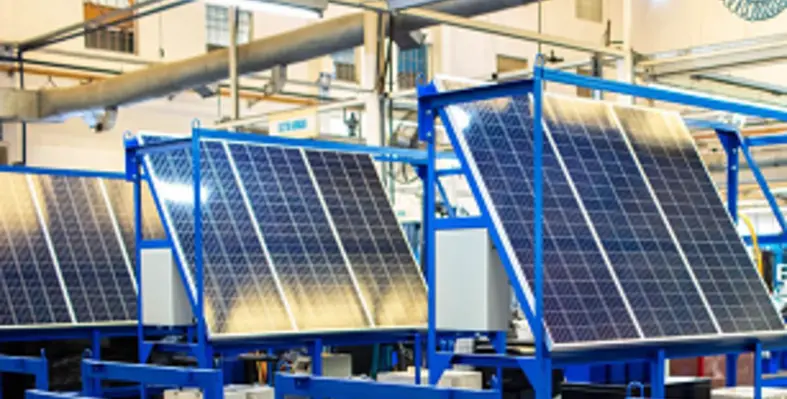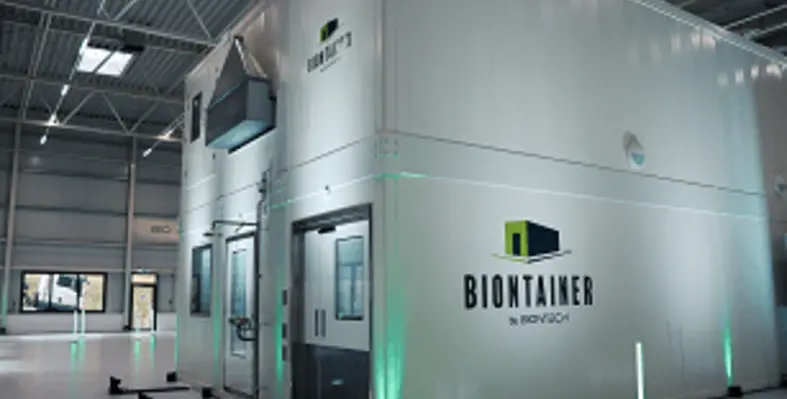
NEFC was keen to simplify its processes and gain greater control and visibility of its operations. (Image source: Infor)
Infor, NEFC Group, a UAE-based holding company that operates dealerships supplying machinery and heavy equipment for sectors including construction, power generation, automotive and agriculture in the horn of Africa, has deployed Infor M3, a powerful equipment-focused enterprise resource planning (ERP) system to help it gain greater control of its business while raising efficiency and agility









